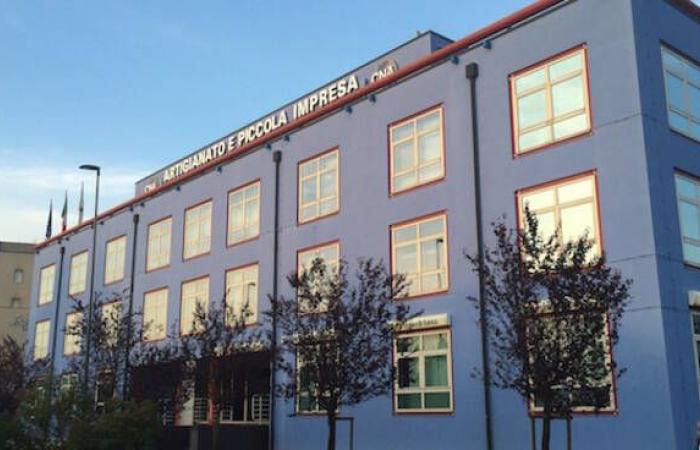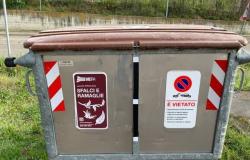
CNA Ravenna shares the invitation of the Mayor and the Councilor for Culture addressed to the Minister of Culture Sangiuliano to take a look at the latest archaeological finds and the entire archaeological area of Classe, to also launch broader excavation and valorization campaigns.
CNA highlights how in recent years the archaeological tourism has grown and expanded its reference segment, with the opening and access to a much wider audience and new tourists, looking for unique and engaging visit experiences. Often to enhance and enrich the visit to a site it is necessary to create new tourist experiences which, starting from the archaeological element, involve the visitor from an emotional and sensorial point of view and accessible to all. New job opportunities can be created for the system of cultural and creative enterprises linked to new technologies, in close connection with the University and cultural institutions and new business opportunities can be created. The result is a new type of tourism, archaeological based, but connected with other types of activities, such as food and wine and artistic craftsmanship.
“They therefore become central – states CNA – The Classe archaeological park and the Classis Museum, how it would be desirable to turn the excavations of the Basilica of San Severo into a museum and make them accessible, to restart the excavation campaigns around Classe with educational sites, continuing to implement the Museum with new sections, installations and thematic exhibitions, enhancing its central role in this context. At the same time, other vestiges in the city center could be turned into a museum to create further visit itineraries and guide tourists to visit less well-known areas of Ravenna, an example of which is the Roman bridge in Via Salara”.
“Fundamental in this context – continues CNA – it is also theaspect related to conservation and to maintain the existing historical/artistic heritage in a perfect state of conservation for future generations, so that our city is beautiful and tidy for citizens and attractive for tourism. We therefore believe it is important to address the issue of conservation of this important heritage, starting from a proposal that sees the valorisation of a multi-year planning of the maintenance of historical/artistic assets for their conservation and use. In this we are helped by local restoration companies that have important skills, knowledge and professionalism, sometimes unique, difficult to find on the market, with a highly respectable curriculum of work carried out throughout the national territory and sometimes even internationally” .
“All this constitutes a potential tourist assets around which to build offers to be valorised; for this reason the role of Visit Romagna becomes strategic, to strengthen the common thread of archeology and promote the Romagna territory as an area of extraordinary importance also in this sector, to diversify the offer and attract increasingly different audiences throughout the year” concludes the trade Confederation.



